Apple's been making some serious moves behind the scenes, and the latest reports paint a clear picture: the company is shifting gears from the Vision Pro to something that might actually live in your daily routine. Apple has halted a planned overhaul of its Vision Pro mixed-reality headset, reallocating resources to accelerate development of smart glasses. This isn't just another rumor, Apple told staff internally in early October 2025 that it's moving employees from that project to speed up work on glasses. The writing's on the wall: Apple is betting big on wearables that blend into your life rather than dominate it.
Why the Vision Pro pivot makes perfect sense
Let's break down what's really happening. The $3,499 Vision Pro, launched in February 2024, has struggled to sustain momentum amid a thin slate of mainstream content and competition from cheaper devices such as Meta Quest. The numbers do not lie; Apple's hardware teams faced significant obstacles with the Vision Pro line, and the original device's complex design led to reports of production cuts that began in 2023 and intensified into 2024.
What Apple learned is telling. Consumers want comfort and practicality over cutting-edge specs, they are sensitive to prices that blow past typical high-end ranges, and content ecosystems matter more than raw hardware. Those insights are now steering the ship. Apple is focusing on miniaturizing AI hardware for glasses that weigh far less than the Vision Pro's 600 grams, shifting from a device that feels like strapping a computer to your face to something you'd actually wear all day.
The timing fits the market mood. The Vision Pro showed off Apple's technical muscle with dual micro-OLED displays and spatial computing, yet enterprise interest outran consumer curiosity, a sign that everyday buyers were not ready to spend three and a half grand on what many saw as an advanced tech demo.
What Apple's smart glasses will actually do
Here's where it gets interesting. Apple is exploring at least two variants of smart glasses. The first, dubbed N50, pairs directly with an iPhone and skips its own display, leaning on audio cues and haptic feedback to deliver AI-driven insights. Think less sci-fi visor, more really smart AirPods with cameras.
This plays straight into Apple's ecosystem strengths. Instead of cramming everything into the frames, the glasses tap the processing power and connectivity you already carry in your pocket. The smart glasses are envisioned as a more accessible wearable, potentially using cameras, microphones, and Siri-powered AI for real-time object recognition, navigation assistance, and audio playback. Picture glancing at a busy street and getting a subtle buzz to nudge you in the right direction, no phone juggling at a crosswalk.
The second variant looks further out. Apple is also prototyping a more advanced pair with a built-in display for visual augmented reality, though timelines are still in flux. So no, Apple is not walking away from visual AR, it is just taking a measured path to get there.
The focus is on daily tasks you actually do: live language translation mid-conversation, turn-by-turn guidance without staring at a screen, context about what you're looking at, and tight integration with the Apple gear you already own. Ambient computing, not attention-hogging.
The timeline and what it means for Apple's ecosystem
Bottom line: Apple aims to unveil the N50 model as early as 2026, with a full commercial rollout targeted for 2027. Aggressive for Apple, which usually takes its time to polish.
Pricing points to a different playbook. Apple's smart glasses could leverage iPhone processing power to keep costs down, potentially putting N50 under $1,000, a far cry from Vision Pro pricing (Apple has yet to confirm a price point). Instead of an all-in-one device that tries to do everything, Apple is building an extension of your existing setup so your iPhone, AirPods, and Apple Watch work together more intelligently.
This strategic pivot underscores Apple's evolving priorities in wearables, where lighter and more accessible devices are gaining traction over bulky headsets. The bet is clear: the future of spatial computing is not about replacing your digital interactions, it is about making them feel natural and contextually aware.
What makes the plan smart is how it leans on Apple's strengths, the AI infrastructure of Apple Intelligence, iPhone-class processing, wearables design people actually want to use, and a privacy-first approach that stands apart from competitors who send visual data to the cloud.
Where do we go from here?
This move positions Apple to challenge Meta's momentum in smart glasses while staying true to an ecosystem-first approach. Apple's move aligns with broader industry trends that favor unobtrusive wearables over immersive but cumbersome headsets.
The competitive landscape is heating up. Internal sources suggest that Apple is trying to move more quickly on smart glasses, a hint that Meta's Ray-Ban collaboration and other entrants are applying pressure. Speed is not usually Apple's game, they prefer to launch polished, category-defining products, so the urgency says a lot.
Apple's leadership views smart glasses as a more urgent priority to counter Meta, emphasizing privacy with on-device processing. That privacy angle could be the ace up Apple's sleeve; while some competitors process visual data in the cloud, doing AI locally on your iPhone keeps personal information with you and addresses rising concerns about surveillance and data collection.
If Apple pulls this off, we might finally get a wearable AI device that helps with real life instead of replacing it. The shift from Vision Pro to smart glasses is not just about form factors, it is a clash of philosophies about how tech should fit into our days. Apple is betting the winning path is not immersive virtual worlds, but a real world that feels a little smarter and more responsive. I think that quieter approach has a shot.






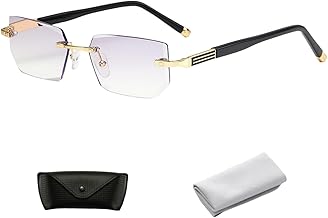
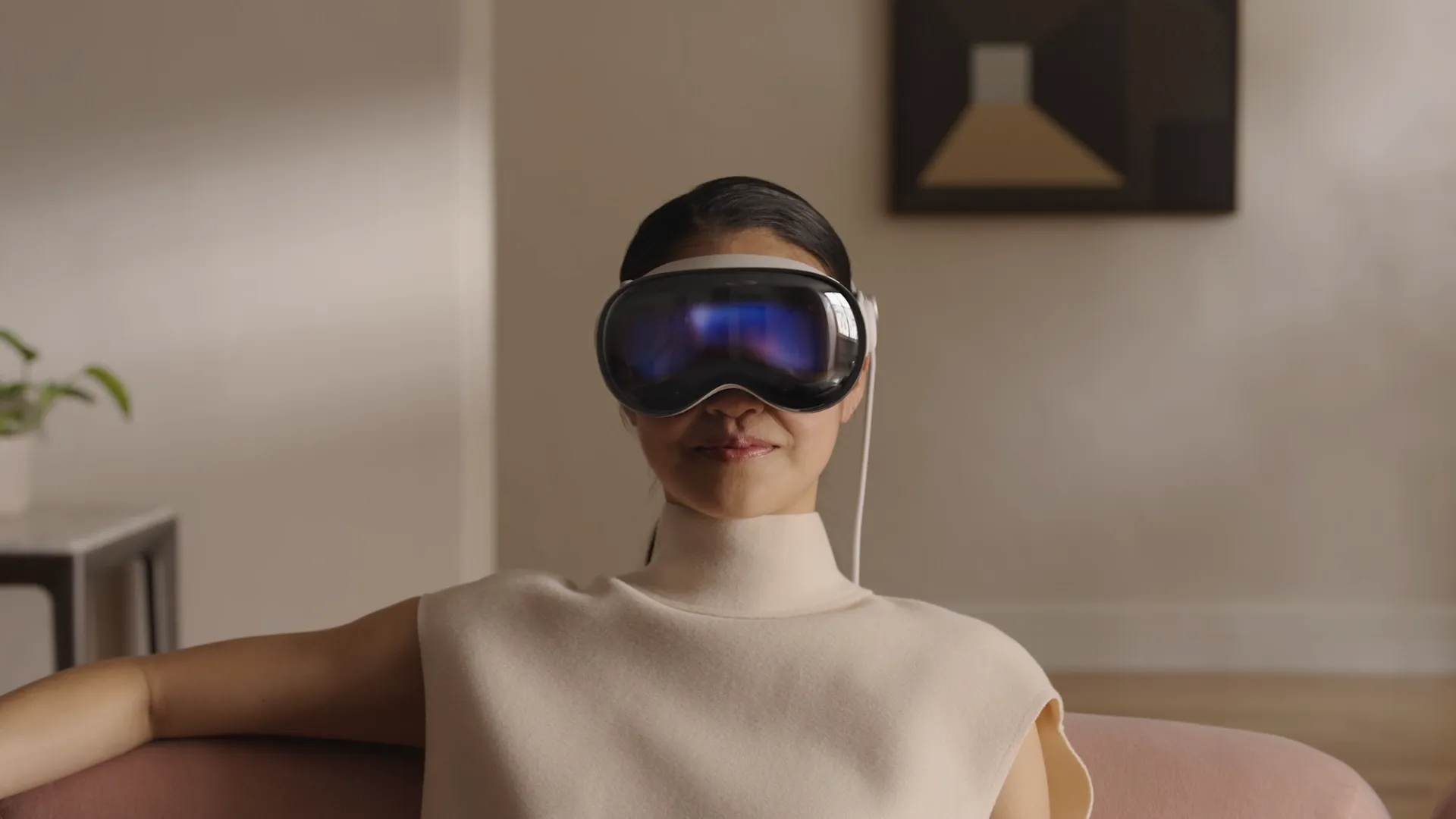

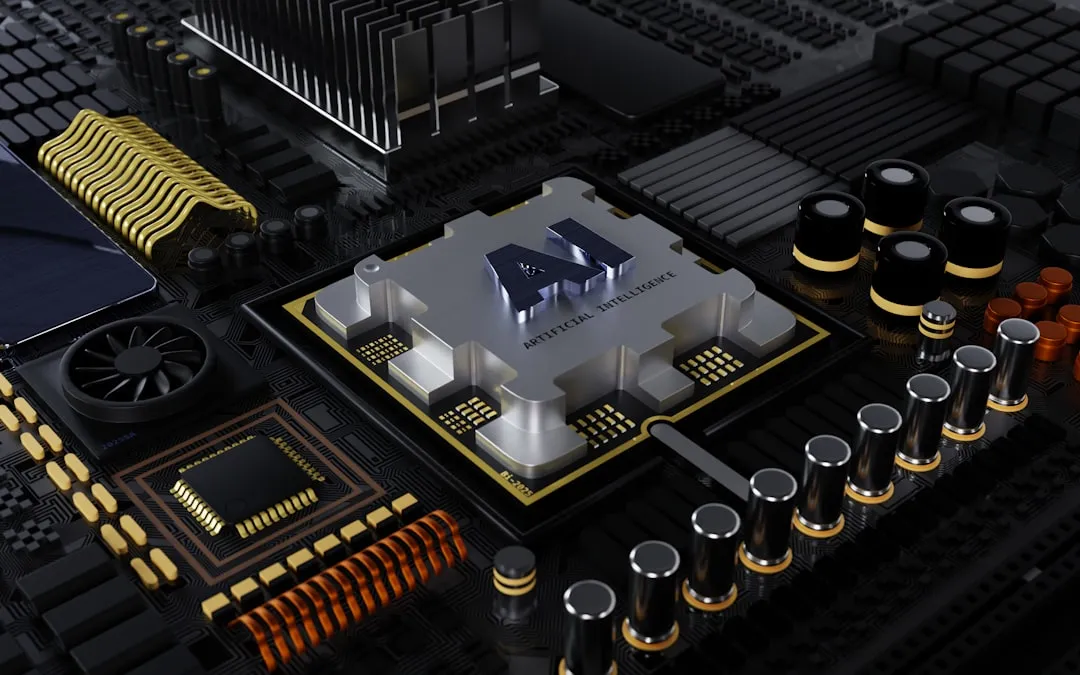
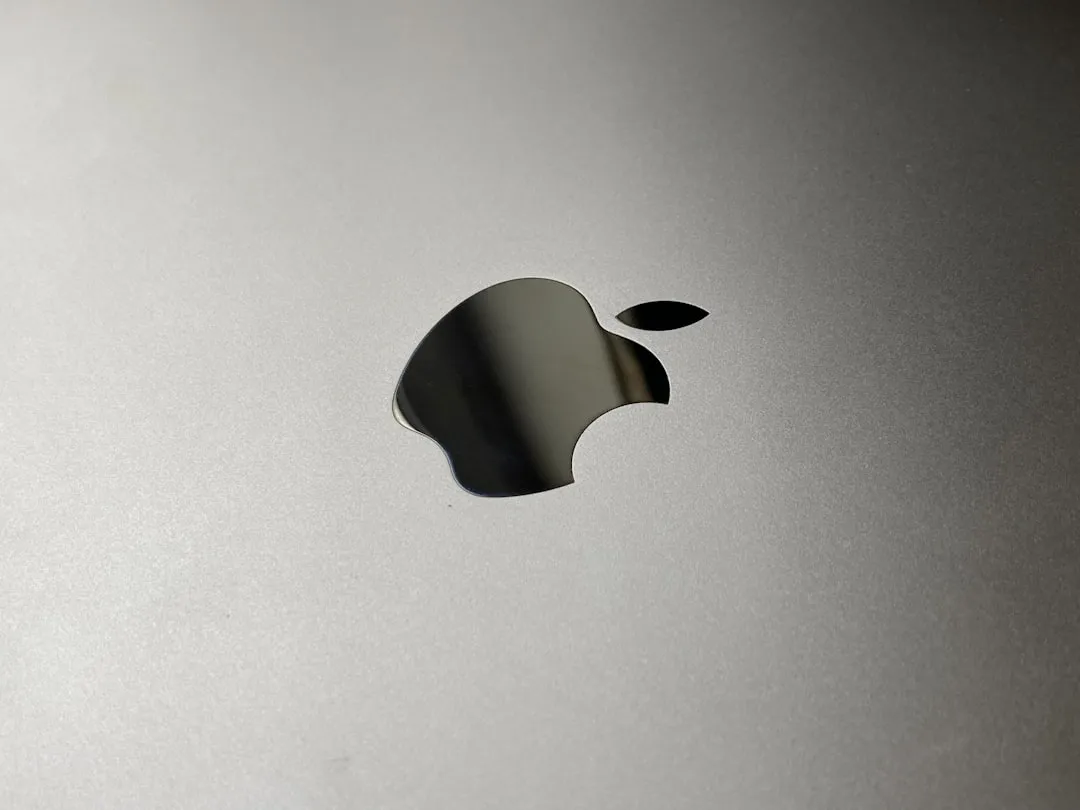
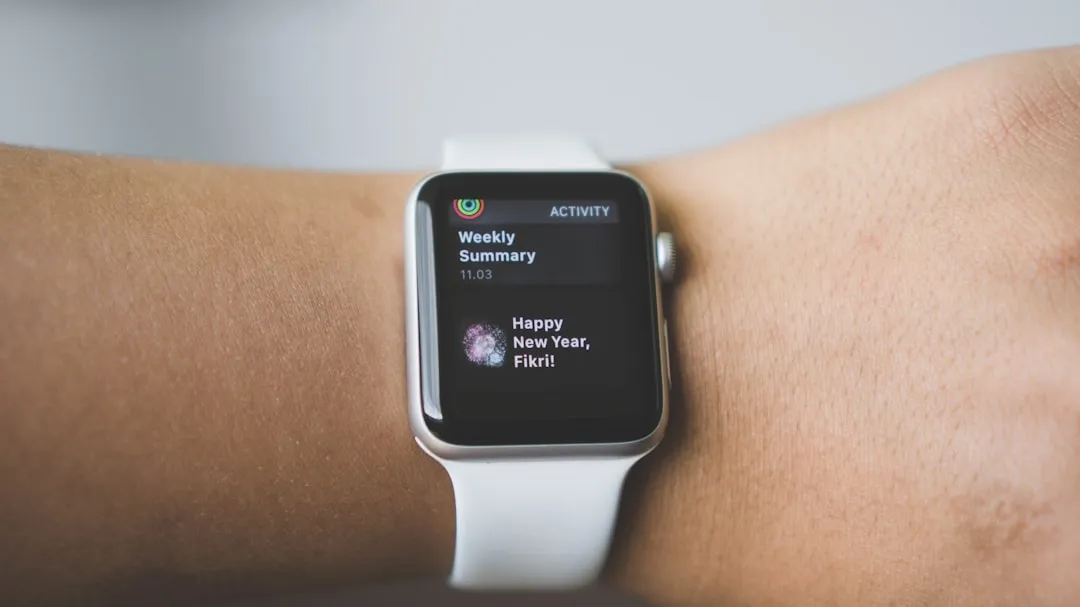
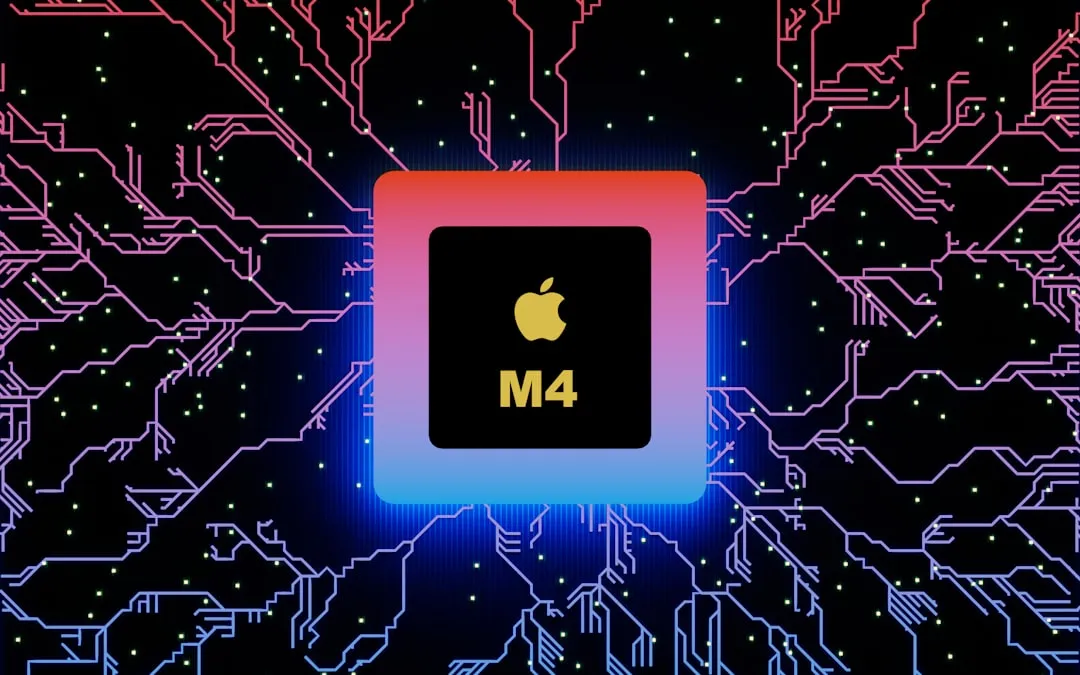



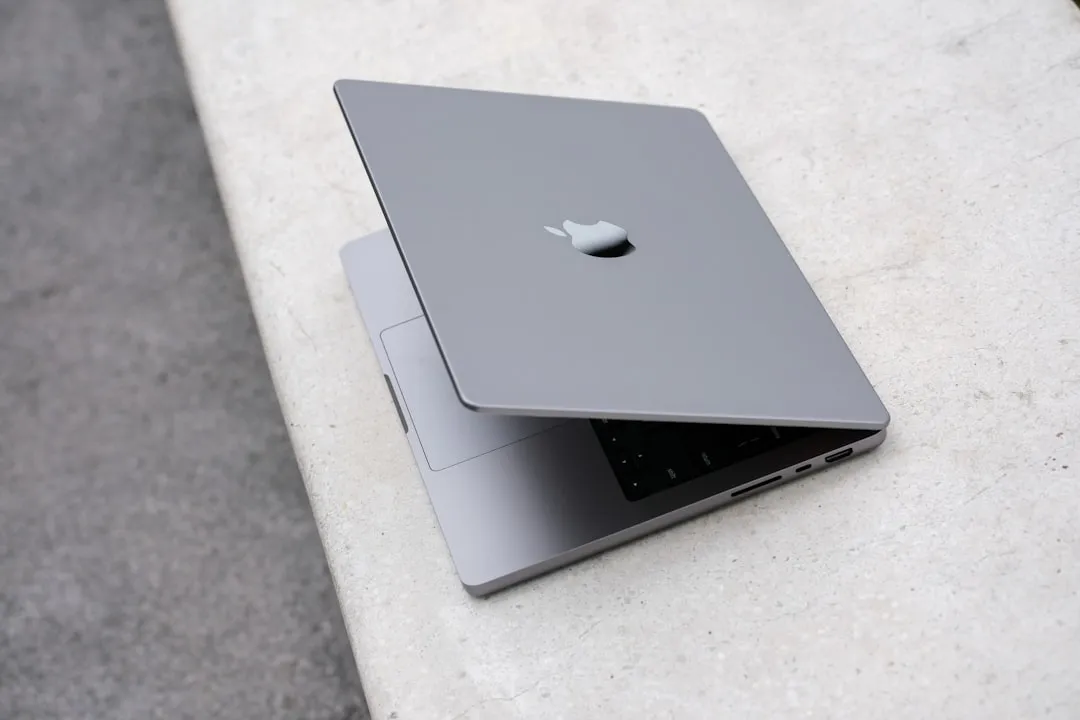
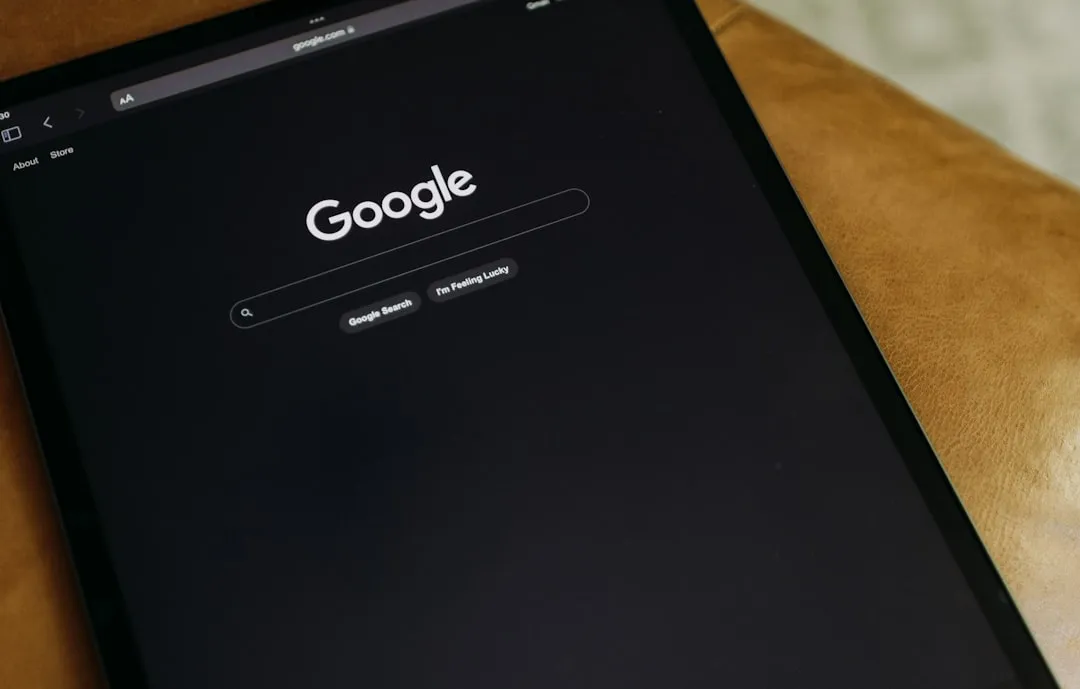

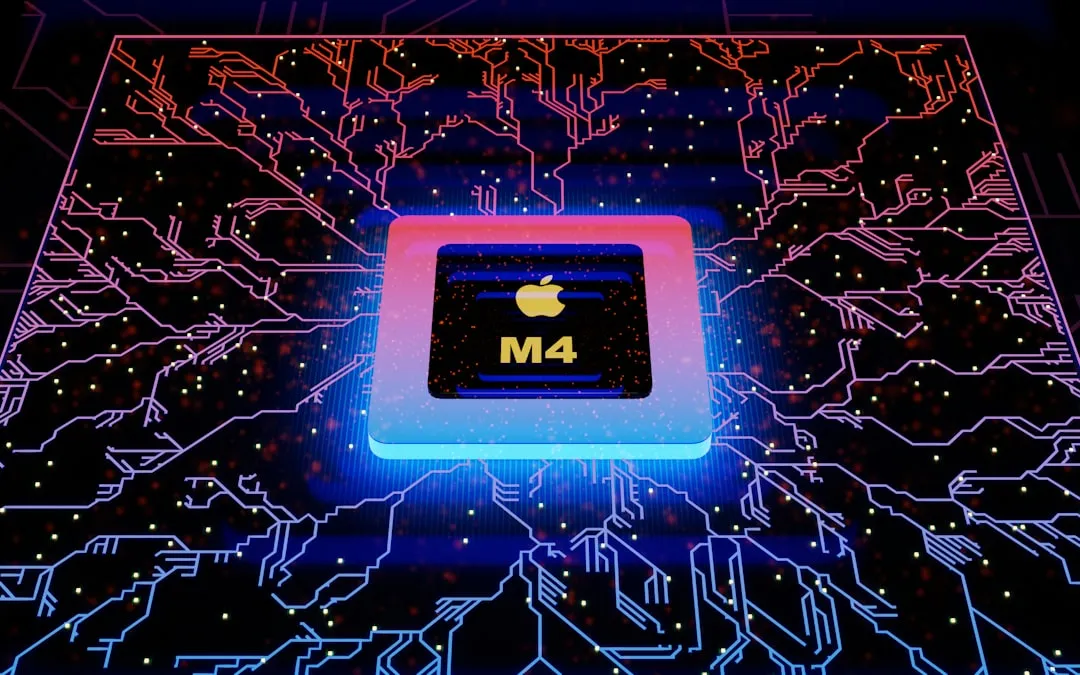


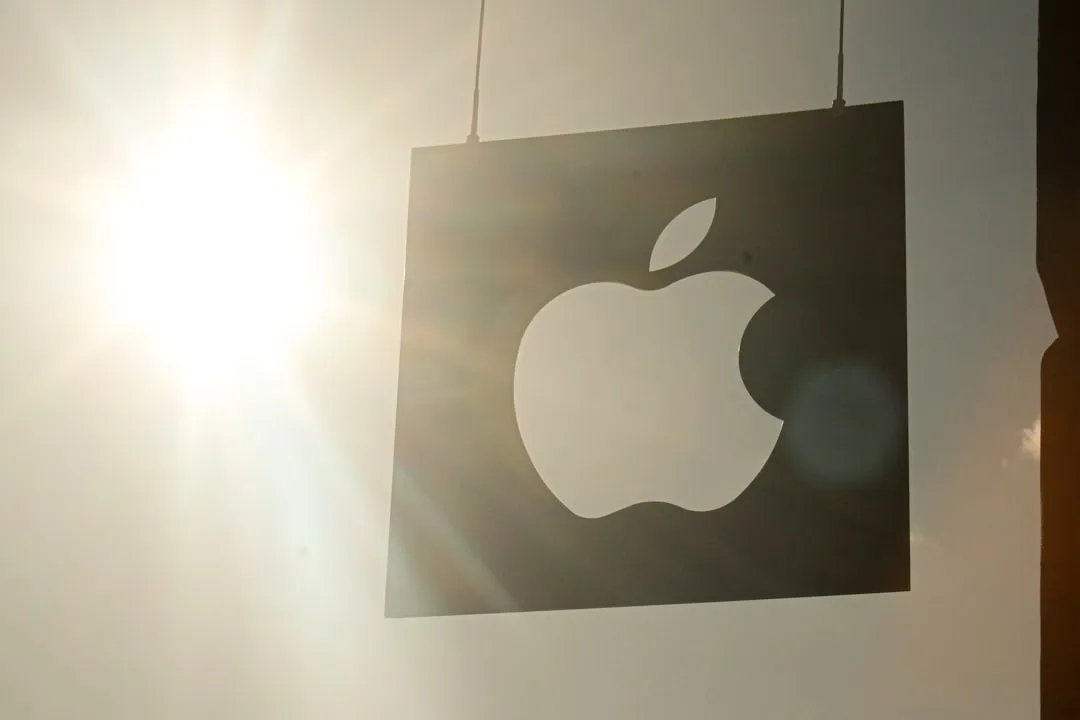
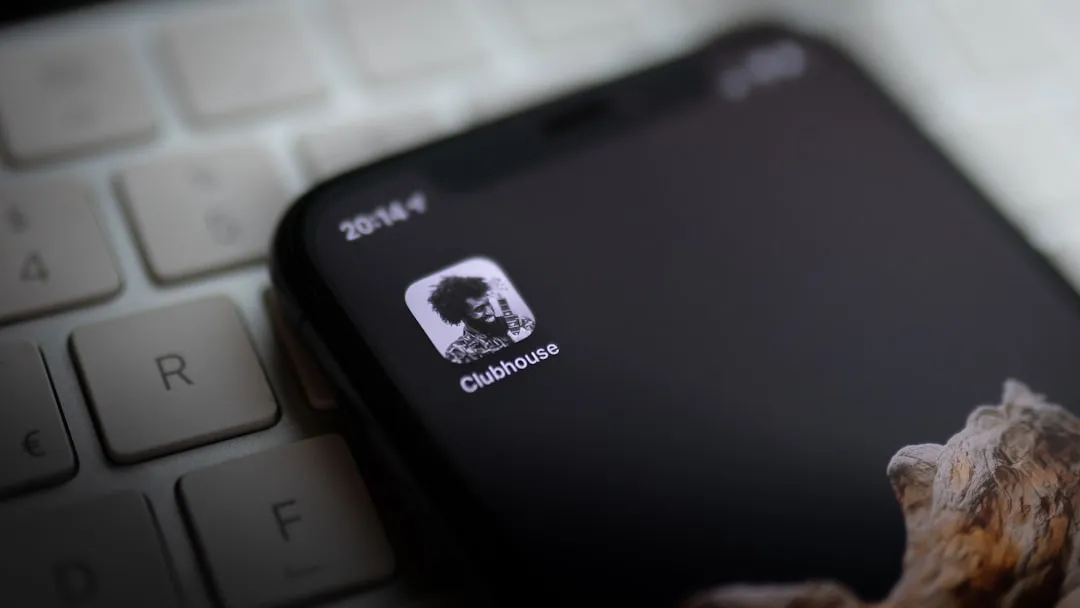
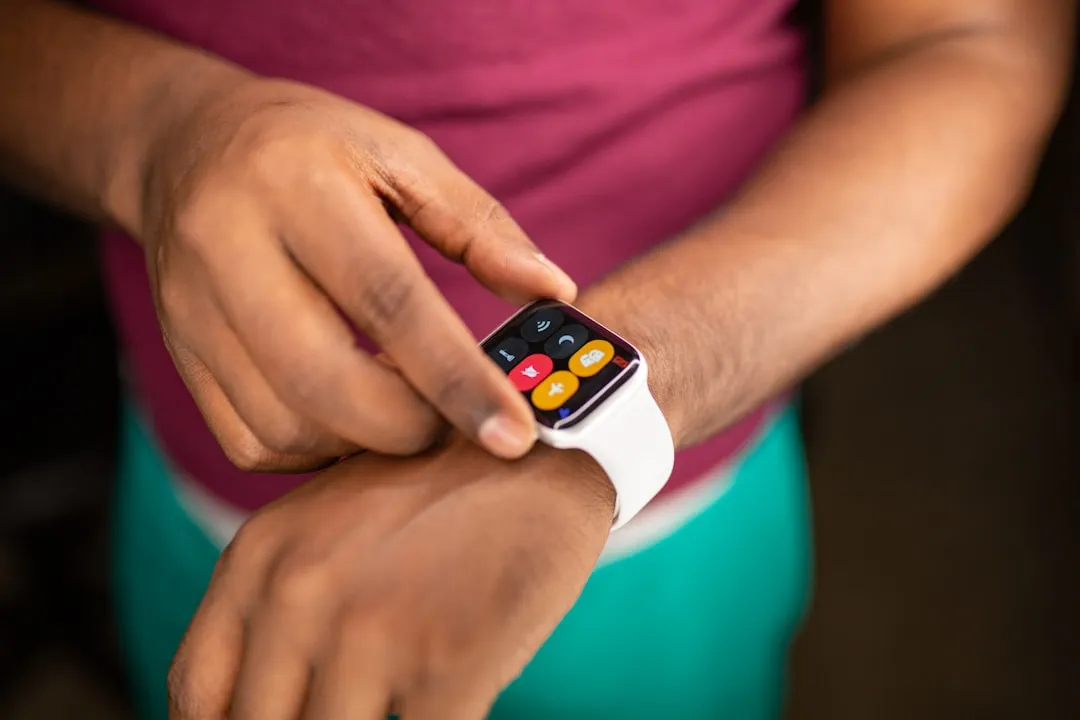
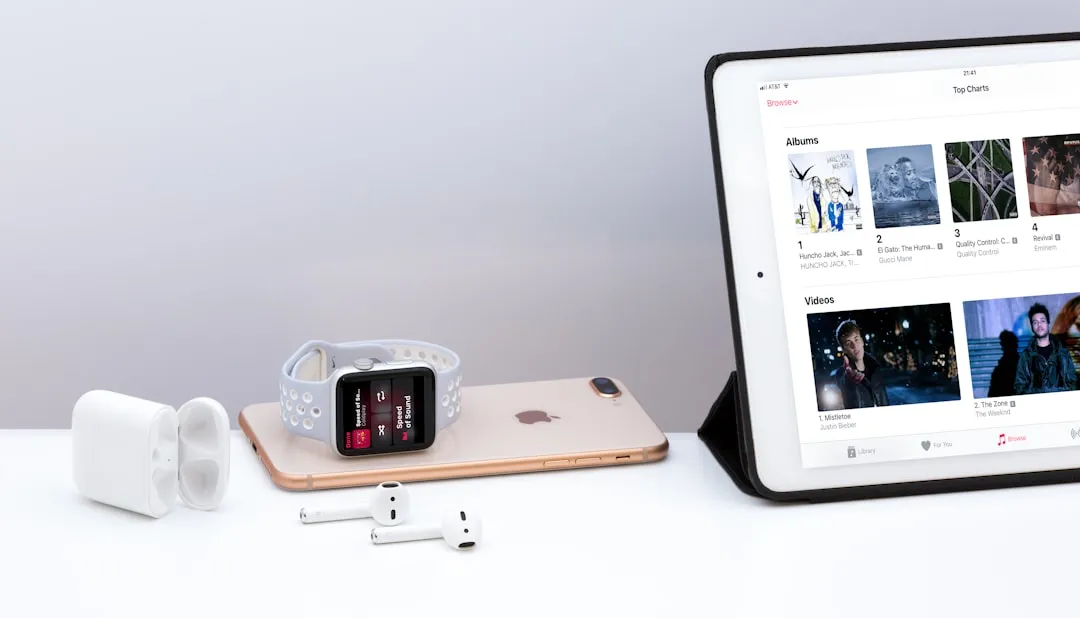
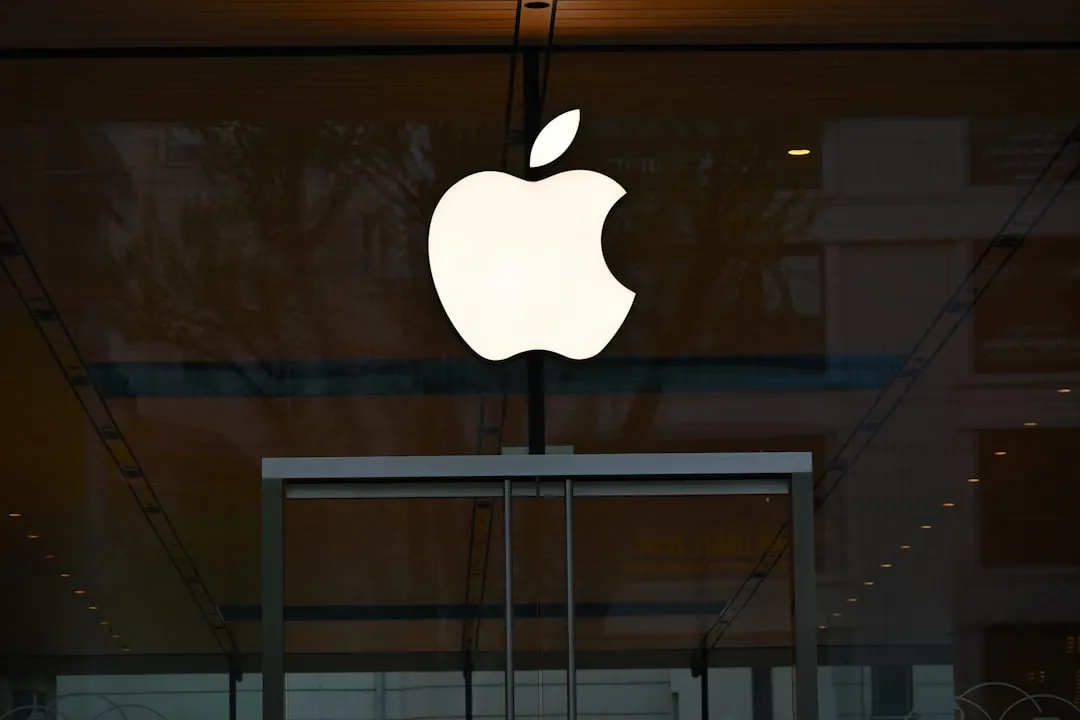

Comments
Be the first, drop a comment!